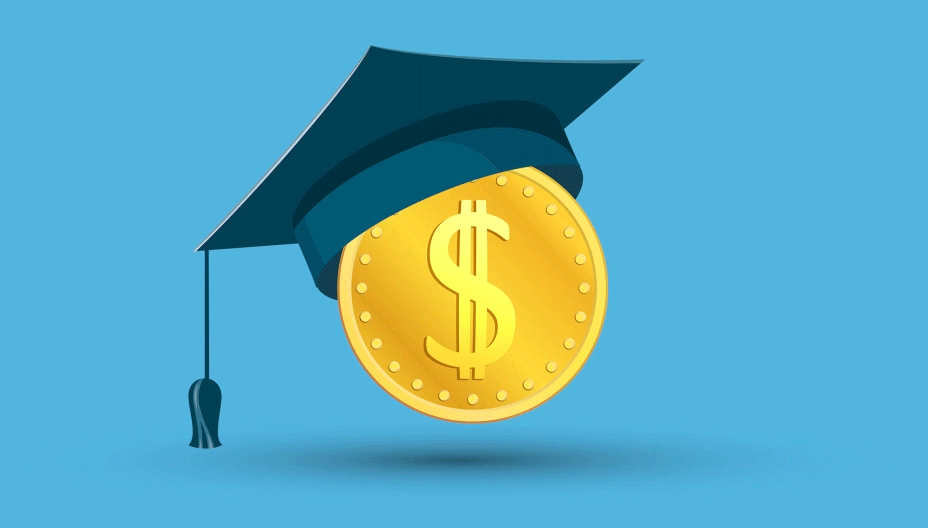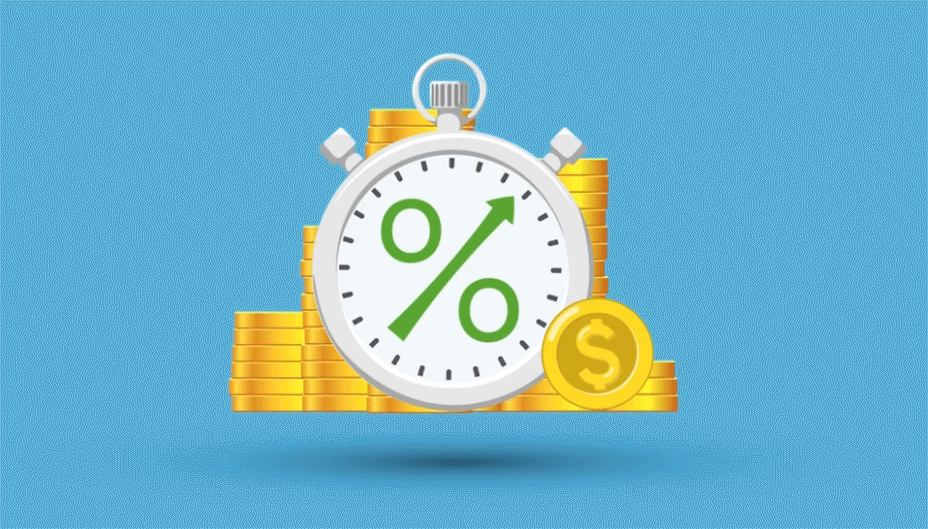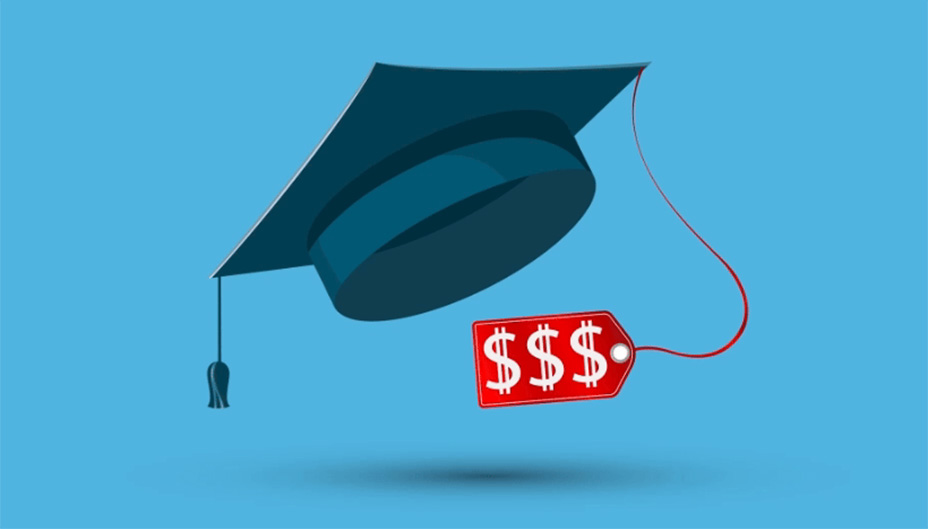Planning For Last-Minute School Savings
Written by The Inspired Investor Team
Published on August 12, 2024
minute read
Share:
Investing for a child’s post-secondary education is a little like school itself – the earlier you start preparing, the better off you may be. Of course, life often gets in the way of the best-laid plans, so while some families might find themselves having prepared enough, others may have to to do a little last-minute planning and cramming.
Fortunately, it’s never too late to start, but your options may be different if your child is three years away from university than if they’ve got 18 years to go. Here are a few questions to consider when investing for education later in your child’s life.
How much will you need?
It’s not just the price of a four-year university degree that keeps parents up at night – it’s the cost of everything that comes with it, including books, food and entertainment. If your child decides to live at home while they get their degree, you can expect to pay around $9,300 for each year of their education, according to research by Maclean’s1 in 2022. If they fly the nest and need to cover the cost of rent and groceries, that price tag can balloon to an average of almost $20,000 per year.
“University has become increasingly expensive,” says Robin Taub, CPA, CA and the author of The Wisest Investment: Teaching Your Kids to Be Responsible, Independent and Money-Smart for Life, a book that helps parents raise money-smart kids. “It’s more than tuition, it’s living costs and fees and books and everything.”
Elorie Macchia, a Winnipeg-based senior financial planner for RBC, adds that a good starting point for parents is to examine their current financial situation and see what they can set aside for education. “We’ll go through their budget and cash flow requirements to find out how much money they can put toward university,” she says.

Different ways to save for education
Typically, if you start saving for a post-secondary education, you’ll use a Registered Education Savings Plan (RESP), Macchia says. This investment account allows the money intended for your child’s education to grow tax-free until it’s needed to pay those bills. The big benefit is the government’s Canadian Education Savings Grant (CESG), a program that matches up to 20% of your RESP contributions up to a maximum of $2,500 per year.
If you invest at least that much, you’ll get the full $500 CESG up to a lifetime maximum of $7,200. If you miss a year don’t worry, you can play catch-up. For instance, if you contribute $5,000 when your child is 15, you’ll get $500 for this year’s $2,500 contribution and $500 for the previous year’s $2,500 investment. If you do another $5,000 next year, you’ll get $500 for contribution and $500 for a prior year missed. You can only collect a maximum of $1,000 in CESG in a year.
Keep in mind, your child only qualifies for CESG assistance until the end of the year in which they turn 17, and only if an RESP is opened by December 31 of the year they turn 15. For beneficiaries aged 16 and 17, you also have to have contributed a minimum of $2,000 to (and not withdrawn from) the RESP before the end of the calendar year they turn 15, or have contributed a minimum annual amount of $100 to (and not withdrawn from) the RESP in at least four of the years before the end of the calendar year they turn 15.
Maxed out the grant or too late to get it?
When Macchia talks to parents, she tries to get a sense of how much money they have invested and if they still have the opportunity to access grants. If not, she might suggest they look into using a Tax-Free Savings Account (TFSA). When it comes time to withdraw from the RESP, the subscriber’s contributions are not taxed, but the grant money and growth will be taxed in the hands of the beneficiary. She says, with a TFSA, there are no grants, but the money withdrawn, whether contribution or growth, is not taxable. If your child is over the age of 18 (or 19 in some provinces), money can be held in their own TFSA, but if they are in the first years of using a TFSA, contribution room will be minimal.

How soon do you need to money?
The closer your child is to needing the money, you may want to consider the impact volatile markets may have on your investments and review your asset allocation. If you’re worried you’re running out of time before school starts, you may have a longer runway than you think. “If your child is planning on doing a four-year undergraduate program and they’re three years away from university, we really have six years until they need all that money,” Macchia says. “If they’re planning on going to graduate school, there’s even more time.”
In that case, you may want to evaluate how much could be needed at different times throughout their post-secondary education, and also consider adjusting the strategy according to those time frames and diversify those “buckets” accordingly.
Better late than never
Even if you missed out on some of the grants that come with an RESP, it may still be worth opening one, notes Taub. When the money comes out for educational purposes, any potential grant and growth will be taxed in the student’s hands, and they’re usually in a lower tax bracket. That can be a pretty huge benefit.
1 Source: Maclean's Education, "The cost of a Canadian university education in six charts", November 2022
Any information, opinions or views provided in this document, including hyperlinks to the RBC Direct Investing Inc. website or the websites of its affiliates or third parties, are for your general information only, and are not intended to provide legal, investment, financial, accounting, tax or other professional advice. While information presented is believed to be factual and current, its accuracy is not guaranteed and it should not be regarded as a complete analysis of the subjects discussed. All expressions of opinion reflect the judgment of the author(s) as of the date of publication and are subject to change. No endorsement of any third parties or their advice, opinions, information, products or services is expressly given or implied by RBC Direct Investing Inc. or its affiliates. You should consult with your advisor before taking any action based upon the information contained in this document.
Furthermore, the products, services and securities referred to in this publication are only available in Canada and other jurisdictions where they may be legally offered for sale. Information available on the RBC Direct Investing website is intended for access by residents of Canada only, and should not be accessed from any jurisdiction outside Canada.
RBC Direct Investing Inc. and Royal Bank of Canada are separate corporate entities which are affiliated. RBC Direct Investing Inc. is a wholly owned subsidiary of Royal Bank of Canada and is a Member of the Canadian Investment Regulatory Organization and the Canadian Investor Protection Fund. Royal Bank of Canada and certain of its issuers are related to RBC Direct Investing Inc. RBC Direct Investing Inc. does not provide investment advice or recommendations regarding the purchase or sale of any securities. Investors are responsible for their own investment decisions. RBC Direct Investing is a business name used by RBC Direct Investing Inc. ® / ™ Trademark(s) of Royal Bank of Canada. RBC and Royal Bank are registered trademarks of Royal Bank of Canada. Used under licence. © Royal Bank of Canada 2024.
Explore More

5 Ways to Get More Out of Your RESP
How can you make the most of this investment vehicle? We explain.
minute read

There's an ETF for That!
Find out more about the options that are out there
minute read

ETF Trends from the RBC Capital Markets Trading Floor – May 2025
Here’s what we saw on the trading floor in May 2025
minute read
Inspired Investor brings you personal stories, timely information and expert insights to empower your investment decisions. Visit About Us to find out more.







